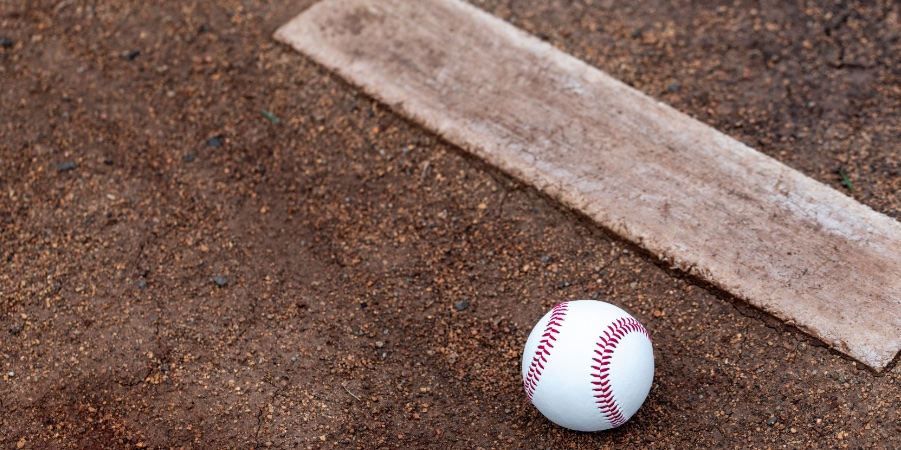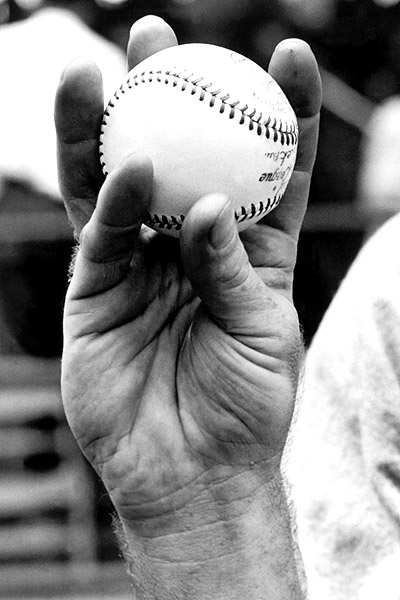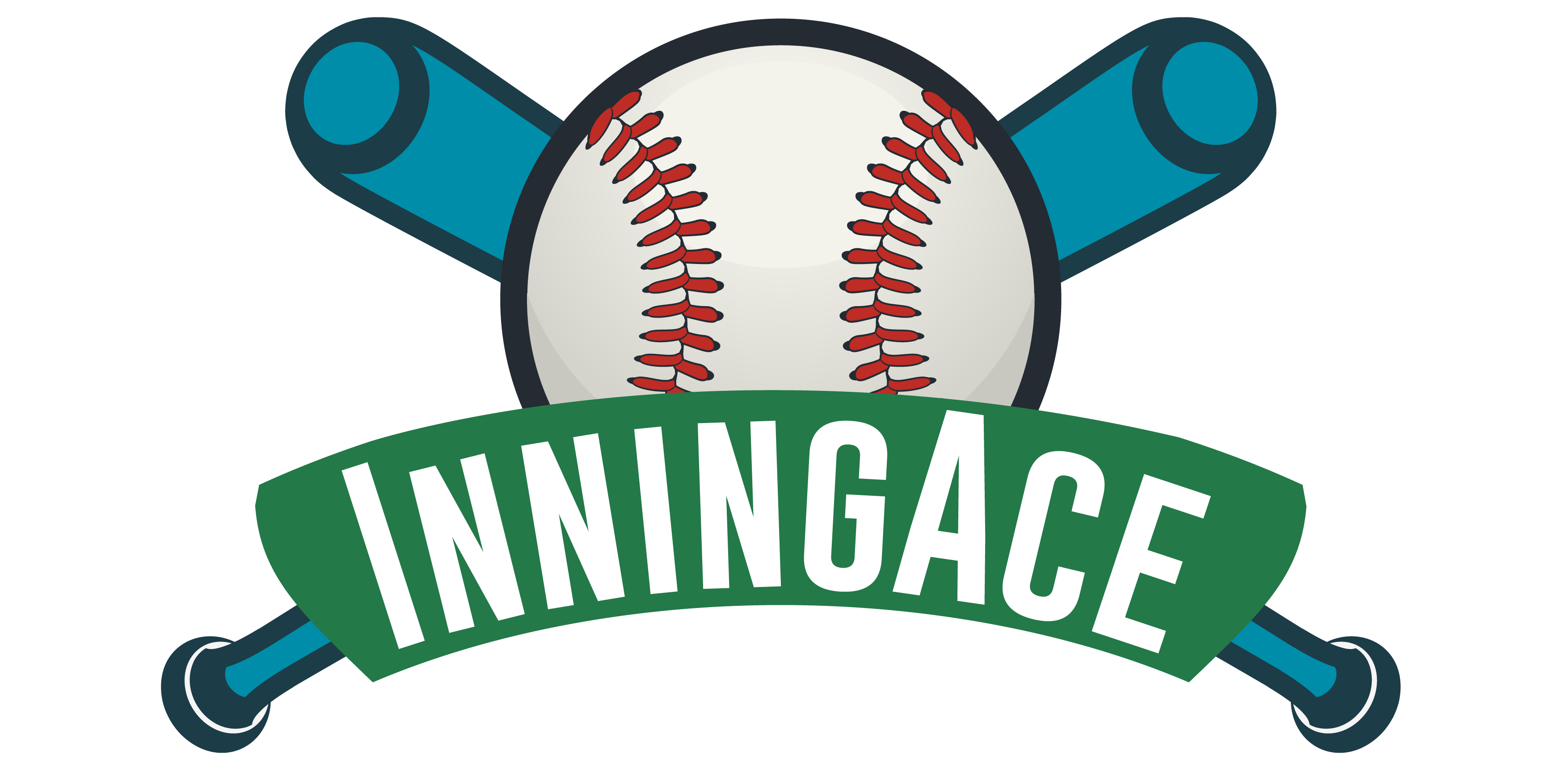The eephus has an origin that goes far back in baseball time. The term was initially coined when Rip Sewell smashed out a new trick during a game against the Tigers in the 1930s, which got everyone’s attention. The trick was a highly exceptional blooper pitch, which was then labeled the “ eephus” by an outfielder- Maurice Van Robays, who said the pitch was a “nothing pitch”.
Although after further research, it has been said to be derived from the Hebrew word- “Efes”, which means zero or nothing. Regardless of its origin, it has been widely accepted as a type of baseball pitch.

What is an Eephus pitch?
The Eephus is quite popular for its low velocity and ability to snag a hitter by surprise. It is usually pitched very high in the air and is often said to be relatively easy- due to its startling movement and extreme speed.
Typically, an eephus is seldom propelled with a fitting grip. It usually flicks off the batter’s eye level and is one in which the pitcher lets go of the ball ideally with normal arm and body speed. The pitch varies anywhere from 10 to 20 feet in motion.
Eephus pitch in Baseball
The finest time to throw the eephus is when there are two strikes on a hitter. This is so because the hitter is naturally more nervous to swing. And because it is quite difficult to master, it’s not recommended for baseball pitchers to start with on a fresh page. More often than not, it is rather crafty to throw, and even more crafty to become skilled at.
MLB Best Eephus Pitches:
How to grip an Eephus
The eephus is mainly gripped with 3 fingers or a basic fastball grip. There’s no exact grip for it. Although it’s quite crafty to hit, the most important thing is to hold it firmly, just like you would a four-seam fastball. Your index and middle fingers have to go through the horseshoe of the baseball, with your thumb straightly beneath, so the strike hits perfectly.

Why is the Eephus effective?
Due to the kind of velocity and curve associated with it, skilled pitchers find the eephus pitch very much effective. It is thrown in a very high arching way, and at slow speeds, thereby throwing the hitter’s timing off.
How you throw an Eephus pitch
When pitching, it is necessary to get a high-level angle stance, which throws off the batter’s eye level. This catches the batter off guard and helps in disrupting his timing. It is also crucial to maintain all of your mechanics at a normal rate or time, at least before the point of release.
After releasing the eephus pitch, the velocity has to be appropriate enough to make it to the home plate. After releasing, you’ve got to instantly snap your wrist down to create some sort of backspin.
Check this video out:
Alternative pitches to the Eephus
Sinker
This is a fastball pitch with vigorous plunging movement, and it’s mostly thrown by experienced pitchers. It is widely recognized for inducing a weak contact off the bats of rivals.
When pitching it, there’s no need to alter pitching momentum. This is because the sinking action already brings about a feeble bat contact. To throw it, you have to hold the base around its seams, which is quite comparable to dousing a fastball. To perform in a downward motion when throwing it, you have to turn your palm in the right way and then release it (or left path, depending on if you are right-handed or not).
See it in Action:
Slider
A slider is a breaking pitch with lesser mechanics than a curveball. It is tossed swiftly and usually with lesser general movement. Oftentimes, the slider and the curveball are used interchangeably because they have a similar purpose, which is to trick the hitter with a spin, away from the motion of a pitcher’s arm-side.
However, a slider is supposedly more deceiving than a curveball because it is thrown with a higher force and delivery that is rather similar to a fastball.
See it in Action:
Forkball
The forkball is one that often brings batters to the ground. To perform the forkball, place the baseball between your middle and index fingers, whilst ensuring that your wrist is well snap downward, just before releasing it.
See it in Action:
Splitter
Just from the name, a splitter is thrown when a pitcher uses his two fingers “split” on parallel sides of the ball. Splitters are characterized by their lower velocity and are only a bit faster than a changeup.
See it in Action:
FAQs
Why is it called an eephus pitch?
Mostly because of its slow speed, arc, and ability to throw hitters off. And also because of the height attained by the ball at its peak, from which it then proceeds down to the plate.
Who throws an eephus pitch?
The eephus is a slow pitch only thrown by the guys skilled at it. Only those with the necessary information and skill as to how to change from a fast momentum to a slow pitch, report the most success.
What is the slowest pitch in MLB history?
The eephus has got to be one of the slowest pitches in MLB history. Although Bill Lee threw the eephus regularly back in the day, In the trackman era, Clayton Kershaw threw a 46 MPH pitch.
What is a filthy pitch?
A filthy pitch is basically any jaw-dropping, pretty wild pitching movement. This is something that el Duque was quite known for in his time.
Final Thoughts
As a player in any baseball game, it is essential to know what works for you, and what doesn’t. Although it’s often advised to strike with whatever pitch you’re best at, but also to be versatile, should in case the batter comes at you.
Moreover, being skilled is not something that happens, or can change overnight, it requires a lot of practice!
Updated on
